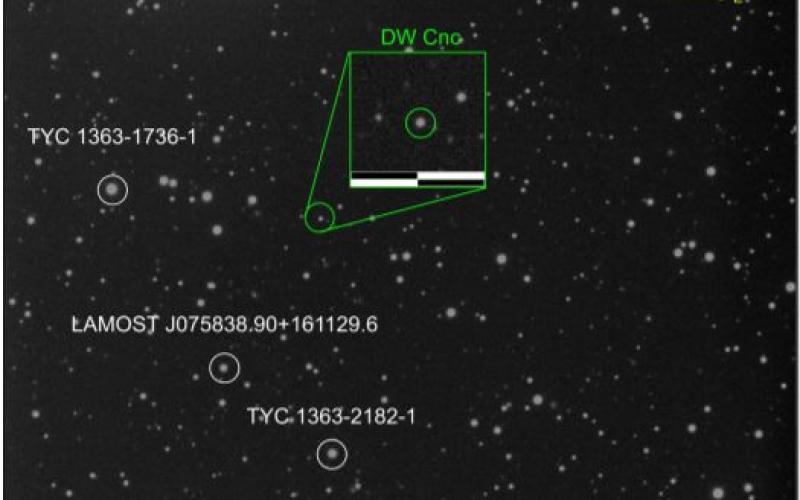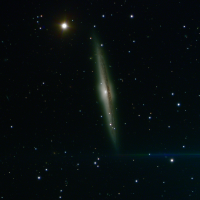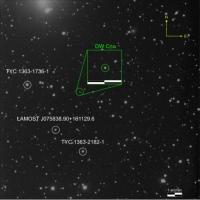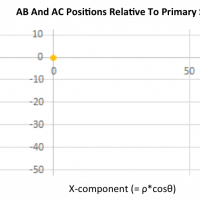Monitoring Visual Accretion
The universe, as old as time itself, moves both in ways too slow to perceive and in ways so fast that in the blink of an eye it’s gone, with scientists left wondering what they saw to begin with. Variable objects have stumped astronomers for as long as there have been astronomers, and it can feel like bare luck to have observed them. Any time the seemingly unchanging sky shifts, people here on Earth pay attention, from stellar explosions being read as omens to slight dimming of stars leading humanity to discover its first exoplanet. However, it takes a keen eye to notice these changes and an even keener telescope to capture it.
Cataclysmic variables (CVs) are one such variable object, describing binary star systems containing a white dwarf and a larger, still-living star. When material strays outside of the Roche lobe of the larger partner star, it ‘falls’ onto the white dwarf, accumulating to form an accretion disk around the white dwarf. Magnetic CVs (mCVs) are CVs where the white dwarf part of the binary system has strong magnetic fields (about 106 - 108 G) that form ‘accretion curtains’ along magnetic field lines. This can manifest two ways. In polars the accretion disk is completely disrupted and the spin period of the white dwarf is synchronized with the binary orbital period. In intermediate polars (IPs) the magnetic field is not strong enough to disrupt the entire accretion disk, only influencing the center of the accretion disk around the white dwarf. Due to this magnetic field, the spin period and binary orbital period are not synchronized
Intermediate polars are variable binary star systems where one member of the system is a white dwarf with a strong magnetic field. These stars form ‘accretion curtains’ along the magnetic field lines as the white dwarf siphons material off of its partner star. Intermediate polars, including the subset of low-luminosity intermediate polars, have been known to go into a ‘low state’, indicating a reduction in the accretion rate. Only one deep, pointed X-ray observation has ever been made of a low-state intermediate polar, but making these pointed X-ray observations can yield new knowledge about these intermediate polars and binary star accretion. In this paper we introduce a monitoring program used to watch the visual flux of intermediate polars and low-luminosity intermediate polars in order to trigger a pointed X-ray observation of the star when it enters a low-state.









